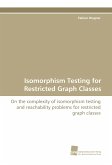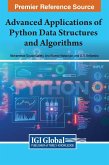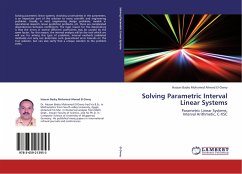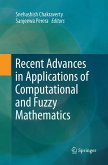Interval structures arise naturally in many applications, as in genetics, molecular biology, resource allocation, and scheduling, among others. Such structures are often modeled with graphs, such as interval and tolerance graphs, which have been widely studied. In this book we mainly investigate these classes of graphs, as well as a scheduling problem. We present solutions to some open problems, along with some new representation models that enable the design of new efficient algorithms. In the context of interval graphs, we present the first polynomial algorithm for the longest path problem, whose complexity status was an open question. Furthermore, we introduce two matrix representations for both interval and proper interval graphs, which can be used to derive efficient algorithms. In the context of tolerance graphs, we present the first non-trivial intersection model, given by three-dimensional parallelepipeds, which enables the design of efficient algorithms for some NP-hard optimization problems. Furthermore, we prove that both recognition problems for tolerance and bounded tolerance graphs are NP-complete, thereby settling a long standing open question since 1982.








